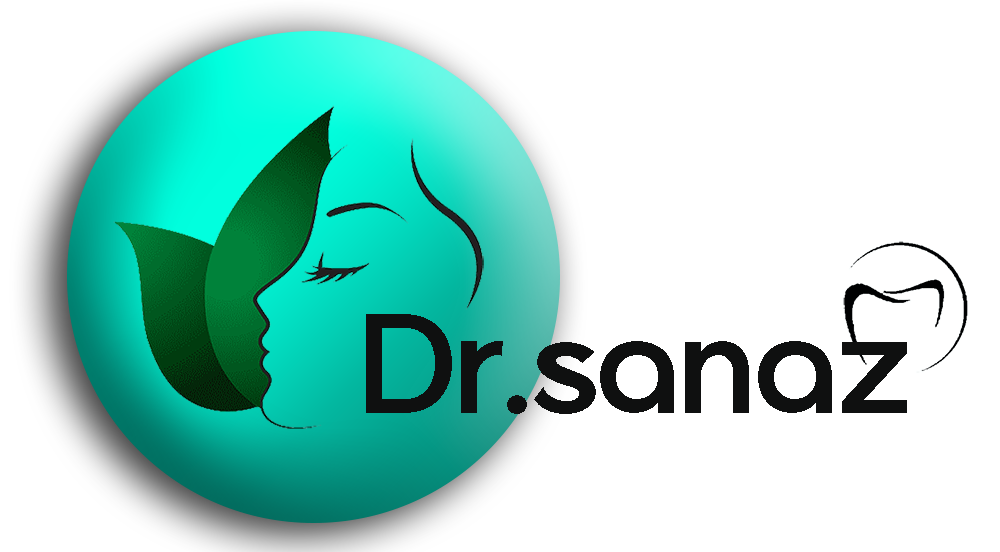
What Is The Root Cause Of Dyshidrotic Eczema?
Table of Contents
Dyshidrotic eczema, also known as dyshidrosis or pompholyx, is a skin condition in which blisters develop on the soles of the feet, palms, and fingers.
Blisters can appear as small bumps on the fingers or grow together and cover larger areas on the hands and feet. These blisters are usually very itchy and may fill with fluid. Blisters usually last about 3 to 4 weeks and may be caused by various issues such as allergies, genetics, or stress.
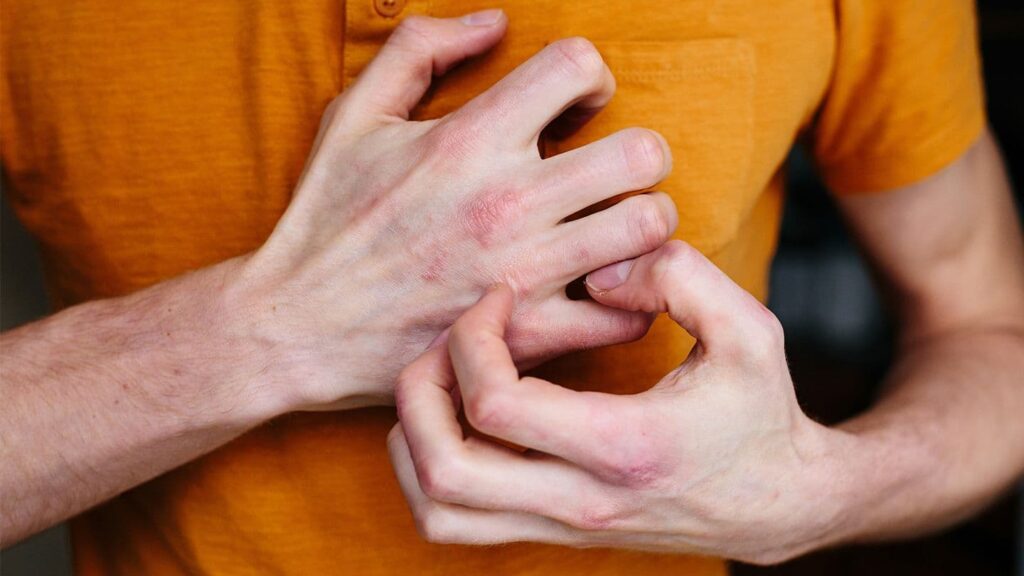
What are the potential root causes of dyshidrotic eczema?
The exact cause of dyshidrotic eczema is unknown. This was previously thought to be a problem with a person’s sweat ducts, but that proved incorrect.
People living with dyshidrotic eczema are more likely to be hypersensitive to the following:
- Metal, especially cobalt or nickel
- A specific ingredient in a personal care product, such as soap or moisturizer
- Medications, especially birth control pills or aspirin
- smoking (tobacco)
- Skin infections such as athlete’s foot
- Intravenous immunoglobulin (IVIG) infusion.
- Stress can be another trigger for dyshidrotic eczema, as can weather changes. Some people experience flare-ups when the weather is hot and humid (and UVA rays are intense), while others experience flare-ups when the temperature drops and cools.

A few other factors that may contribute to the development of dyshidrotic eczema include:
- You are currently living with a different type of eczema
- You have worked or currently work as a mechanic or metal worker (due to contact with certain metals such as nickel)
- Experience working with cement (which can contain cobalt and nickel)
- You are currently dealing with seasonal allergies
- You live with asthma
- You have occasional attacks of allergic sinusitis
What are the symptoms of dyshidrotic eczema?
The first symptoms of an exacerbation of dyshidrotic eczema may be burning and itching without visual clues.
Small, itchy blisters may then develop, most likely in the following cases:
- Palm
- The sides of the fingers
- Leg
- In severe cases, the blisters can spread to the backs of the hands, limbs, and feet.
These tiny blisters can grow together to form larger areas that are very itchy, red, and raised. If the skin becomes infected, the blisters can become painful and ooze pus.
Typically, dyshidrotic eczema will heal within 3 to 4 weeks, but as the blisters heal, they can cause your skin to become dry and scaly. People with darker skin tones may develop dark spots where the blisters have healed.
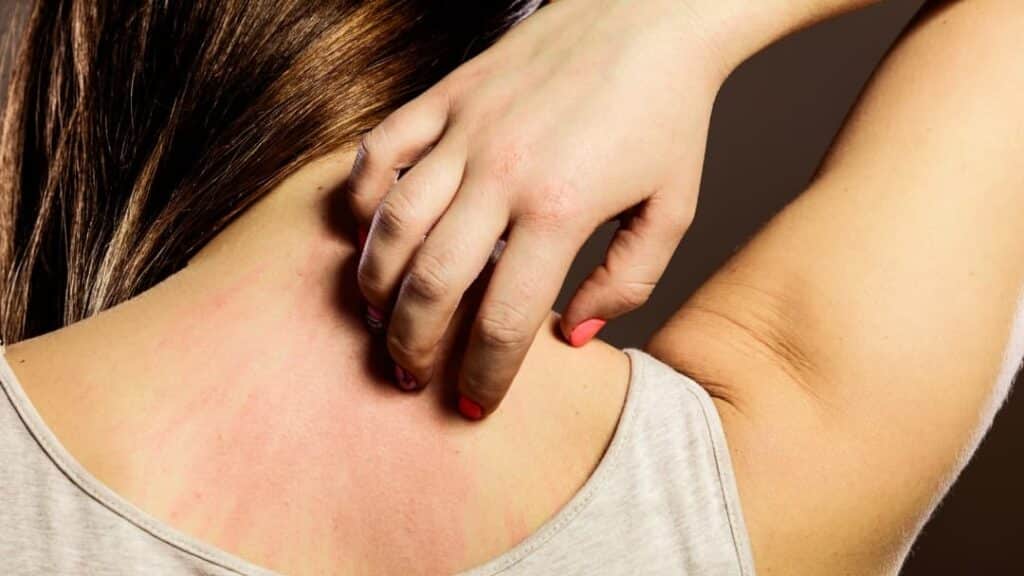
How is dyshidrotic eczema diagnosed?
If you have been struggling with redness and itching for over a week, seeing a doctor or dermatologist is best, as many skin conditions can cause blisters.
During your visit, your doctor will likely look at your skin and ask if you have noticed a pattern around your blisters (for example, if you have started using different products or felt particularly stressed) and if your job or hobbies, including contact with metals.
If your doctor believes your dyshidrotic eczema could be due to allergies, he may do allergy testing.
You may be prescribed medication if your case is severe or has long-lasting symptoms.

What are the treatments for dyshidrotic eczema?
The severity of your dyshidrotic eczema outbreak and other personal health factors will determine what treatments your doctor recommends. You may also need to try multiple treatments before finding one that works.

Treatment for mild outbreaks of dyshidrotic eczema
Icrolimus pectin, tacrolimus ointment, or Eucrisa are commonly used to treat atopic dermatitis. However, they have also been shown to be effective for dyshidrotic eczema.
For mild flare-ups, your doctor may recommend the following:
- A moisturizer that is very emollient and helps eliminate dryness
- A prescription corticosteroid that helps heal blisters and reduce inflammation
- Anti-itch medicine in the form of tablets or cream
- Treatment for more severe outbreaks
More severe outbreaks may require possible treatments such as:
- Antifungal medications, if the eczema is related to a fungal infection
- Steroid pills or creams
- Immunosuppressive creams or ointments
- Treatment with UV light
- Dupixent
- Methotrexate
- Cyclosporine
- Cellcept
- Botulinum toxin injection (Botox) if dyshidrotic eczema appears to be caused by excessive sweating.
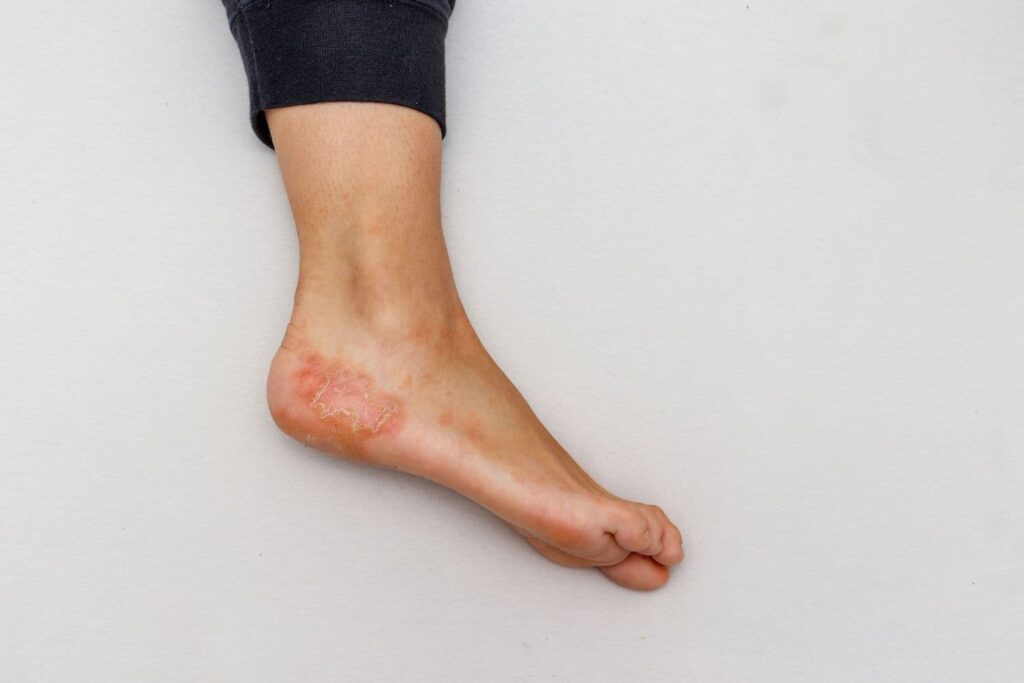
Home remedies for dyshidrotic eczema
While home remedies may not be as effective as prescription medications, they can help relieve symptoms.
Start with a cold compress and soothe the area every 15 minutes. You can also soak the affected areas for 15 minutes – your doctor may know some well-medicated soaks to reduce inflammation.
Find ways to relieve stress. Since dyshidrotic eczema can be triggered by stress, techniques like meditation can help calm your mind and body.
If your hands are damaged, remove rings and jewelry whenever you wash your hands so that water does not remain on your skin. If you notice that a particular personal care product, such as a new soap, seems to cause your blisters, stop using it for a few weeks and see if the inflammation and itching go away.
Always keep the affected area well moisturized. Try to keep your nails short enough that they do not break the skin if/when you scratch. This can help you prevent infection.
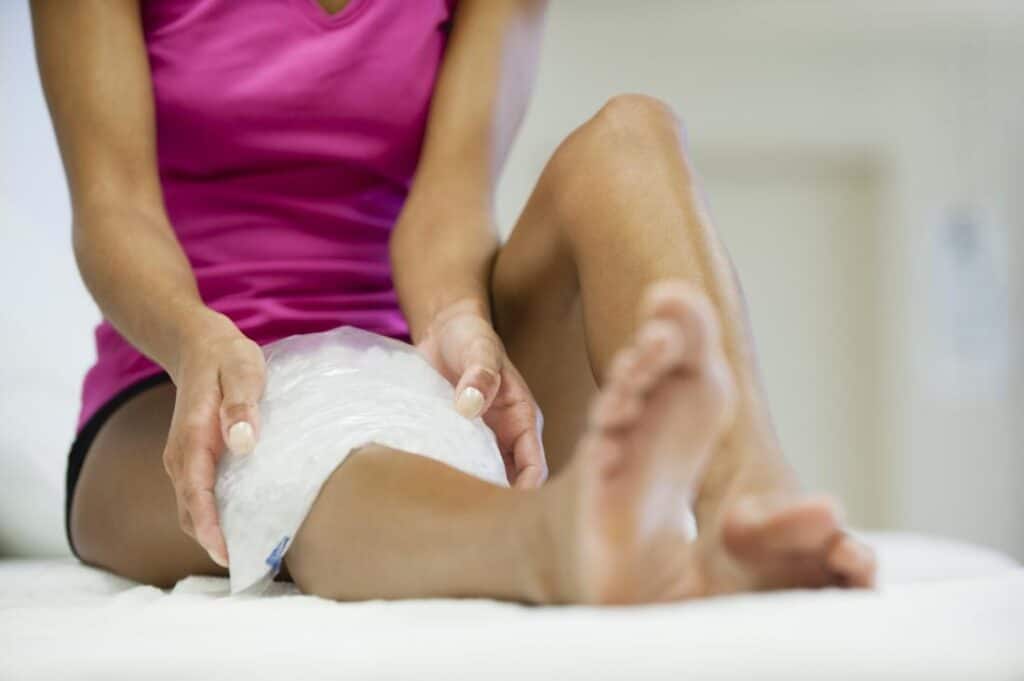
Dietary changes to improve dyshidrotic eczema
Nickel and cobalt are naturally occurring elements found in many foods, such as:
- Cobalt
- Brazil nuts
- Flax seed
- Pea
- nickel
- cereal
- Tea
- Dried fruits
If your doctor suspects that an allergy to nickel or cobalt causes your dyshidrotic eczema, he may recommend a low cobalt/nickel diet.
The most likely way your dermatologist will recommend you follow this specialized diet is through a point system. The higher the amount of nickel or cobalt, the higher the rating of that food or drink. You will be instructed to count your points.
However, since so many healthy foods contain these natural elements, you should not try to do this points-based diet alone.

Can dyshidrotic eczema be prevented?
Because the causes of dyshidrotic eczema are unknown and the triggers are very personal, there is no way to prevent or control dyshidrotic eczema outbreaks completely. However, you can manage stress by understanding your specific triggers, strengthening your skin with a daily moisturizer, and managing stress. Prevent yourself (if possible) and stay hydrated to control your symptoms.
Typically, flare-ups of dyshidrotic eczema disappear within a few weeks without complications. If you do your best to avoid scratching the affected skin, there may be no noticeable scarring.
If you scratch the affected area, you may experience more discomfort, or your outbreak may take longer to heal. You may also get a bacterial infection from scratching and breaking your blisters.
Although your dyshidrotic eczema outbreak may resolve completely, it may recur. Working with a dermatologist to develop a personalized treatment plan—short-term or long-term—is the best way to prevent dyshidrotic eczema from disrupting your daily life.
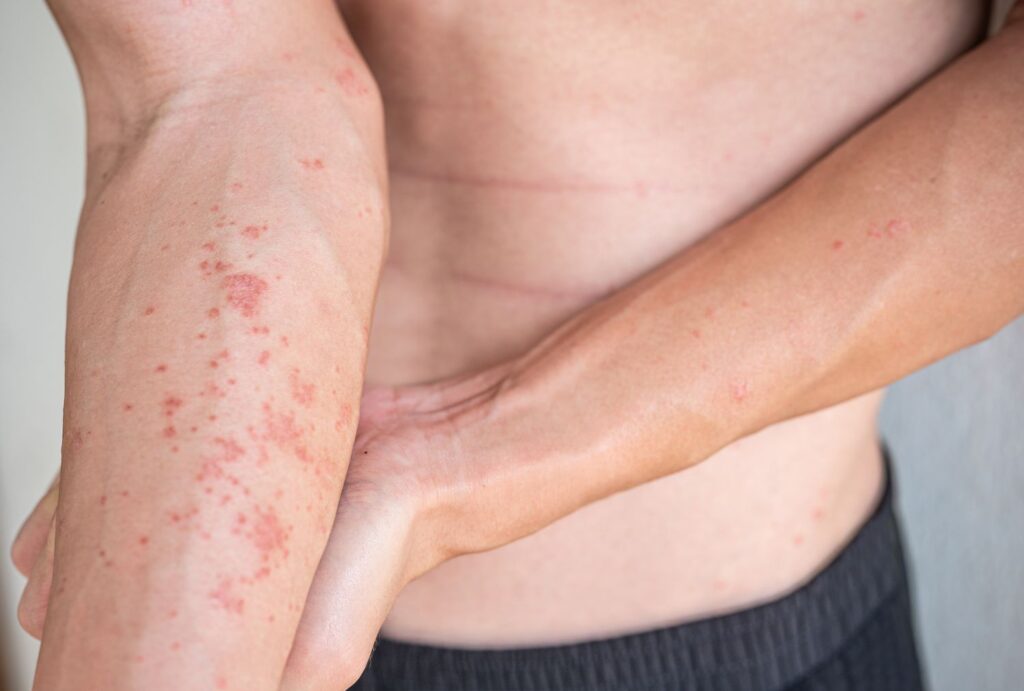
Complications of dyshidrotic eczema
The main complication of dyshidrotic eczema is usually discomfort caused by itching and pain caused by blisters.
The discomfort can sometimes become so severe during a flare-up that you are limited in how much you can use your hands or walk. There is also a possibility of infection in these areas due to excessive scratching.
Additionally, your sleep may be disturbed if the itching or pain is severe.

Conclusion
Dyshidrotic eczema is a sudden rash of small, itchy blisters on the palms and sides of the fingers. This skin condition can also cause blisters on the soles of the feet or toes. Your doctor may call it by other names, including dyshidrosis, hand and foot eczema, pompholyx, blistering, or plantar eczema. There is no cure so these blisters will continue over time. However, you can manage them with medication, moisturizers, and good hygiene. As you reach middle age, they may begin to diminish. Moreover, if you have a mild case, it may go away on its own.
